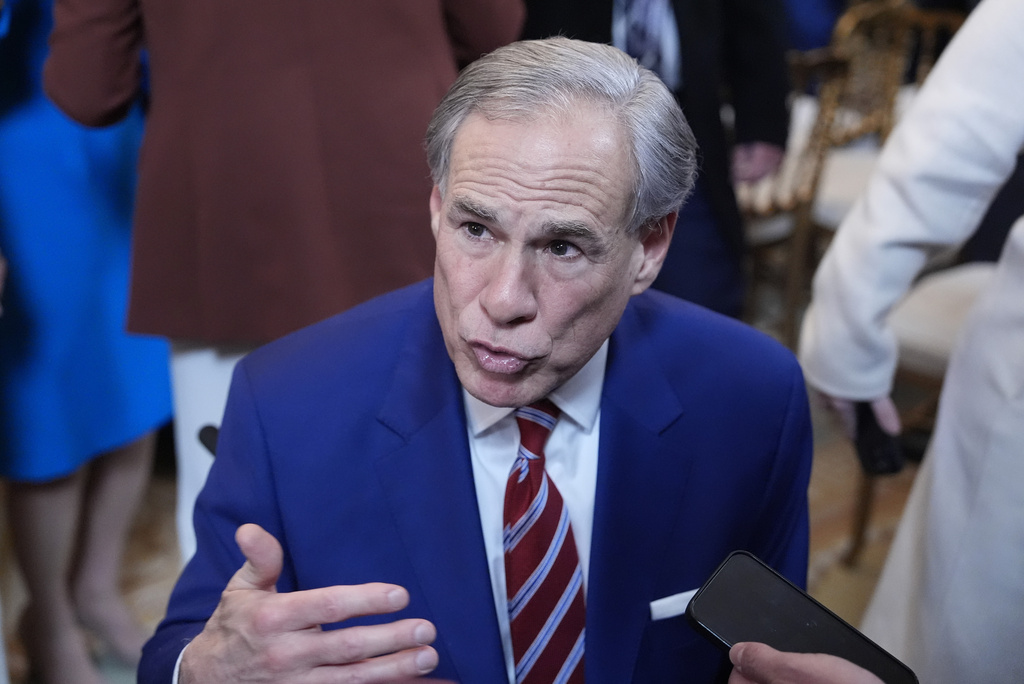
The private education movement has positioned school choice as a solution to rising political polarization and widening gaps in education outcomes, but privatizing education is set to make both problems worse, further entrenching the class disparity in education outcomes and worsening America’s already abysmal polarization.
School choice programs, which allow parents to use state funding to pay for their students’ private school tuition, gained traction during the pandemic and have become a policy priority for many conservatives. Texas became the final major Republican state to establish a school choice program this month after initially rejecting similar legislation in 2023. The change of heart in 2025 is in part thanks to the billionaire-funded private education lobby, which propelled pro-school choice candidates to office in the 2024 elections.
Parents and students in liberal states largely haven’t had to worry about these bills, but that might be changing soon. Trump issued an executive order in January calling for the expansion of school choice, and Republicans in Congress have thrown their support behind a proposal to create a nationwide school choice program.
While school choice advocates initially touted the programs as fixes for educational inequality, this was never their true goal. School choice disproportionately benefits wealthier families that already have the means to send their kids to private school. In Arizona, which launched a statewide school choice program in 2022, 75 percent of participating students were already enrolled in private school before the program began in 2022. Most lower income families didn’t take advantage of the program because private schools are concentrated in wealthy areas.
From Texas to the White House, advocates are now using the language of “educational freedom” to justify school choice. This marketing is a cover-up for the fact that these bills are designed to dismantle public education. In fact, school choice is part of Project 2025’s education platform, which calls for eliminating the U.S. Department of Education and giving the states total authority to regulate education.
Parents’ desire for the freedom to hand-select their children’s education is a direct result of our culture war era. During the COVID-19 pandemic, when political polarization reached a fever pitch, we saw conservative parents decry public school mask mandates and school closures. We also watched the debate over whether to discuss race, gender identity, and sexuality in the classroom explode. Naturally, school choice was irresistible to many disgruntled parents, and it almost seemed like a good idea. Why force parents that disagree about curriculums and COVID-19 policies to fight it out in school board meetings if everyone would be happier choosing the school community that aligns with their beliefs?
While school choice may obscure the immediate impacts of political polarization by removing culture wars from the classroom, it will only exacerbate polarization long-term. School choice promises to further isolate young Americans from their peers with different views and backgrounds. Besides widening the class divide in education outcomes, this will raise a generation with lower tolerance for opposing political viewpoints (and America doesn’t have much tolerance left to lose). No policy should jeopardize a child’s opportunity to develop tolerance simply because their parents are incapable of doing so.
Education policy has the opportunity to be an area of bipartisan consensus. Millions of parents, liberal and conservative, send their kids to public school: 83 percent of all U.S. students are enrolled in public school, and 51 percent of Americans agree that public education needs improvement. A national school choice program isn’t a solution; it’s a lazy policy that perpetuates inequality and polarization in public education rather than working to build a better public education system for all.
The Zeitgeist aims to publish ideas worth discussing. The views presented are solely those of the writer and do not necessarily reflect the views of the editorial board.



